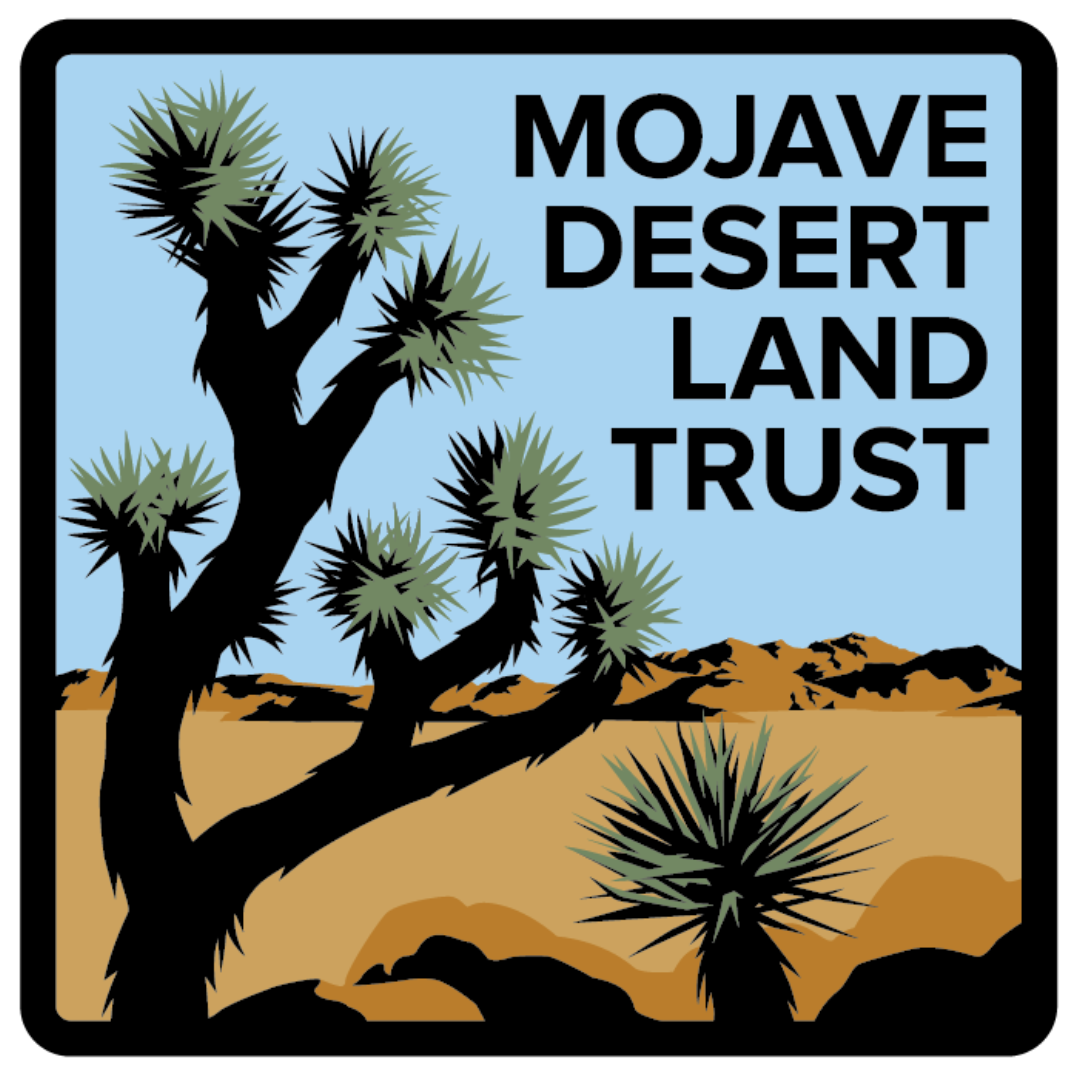Bureau of Land Management Blog: Planting the seeds for success
Seeds are vital to life on earth. Much of the food humans and animals eat, the fabric we wear and use daily, and the plants that keep our landscapes beautiful and healthy, are created from seeds. Seeds are also the foundation for restoring plant communities and habitat. In California’s Mojave Desert region, invasive species, wildfire, and drought are negatively affecting native plant communities and the species that depend on them, such as the federally threatened desert tortoise. Habitat restoration is critical for the desert tortoise who need specific annual and perennial native flowers for food, and native shrubs for cover. The same flowers and shrubs important for desert tortoises are important for pollinators and other desert species. In 2020, the BLM partnered with the Mojave Desert Land Trust on a three-year pilot seed increase project to test growing and seed harvest techniques for native Mojave Desert annual plants on a small scale. The Mojave Desert Land Trust planted three important food plants for desert tortoise at their nursery: fringed amaranth (Amaranthus fimbriatus), Sonoran sandmat (Euphorbia micromera), and chinchweed (Pectis papposa). Seeds were harvested, cleaned and provided to the Bureau of Land Management. Produced seed will be used as starter seed for larger-scale commercial seed increase and ultimately for desert tortoise habitat restoration. Read more here.
